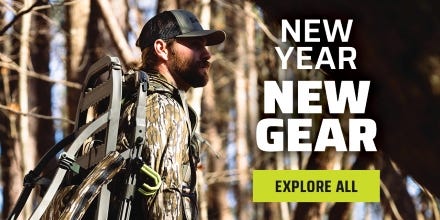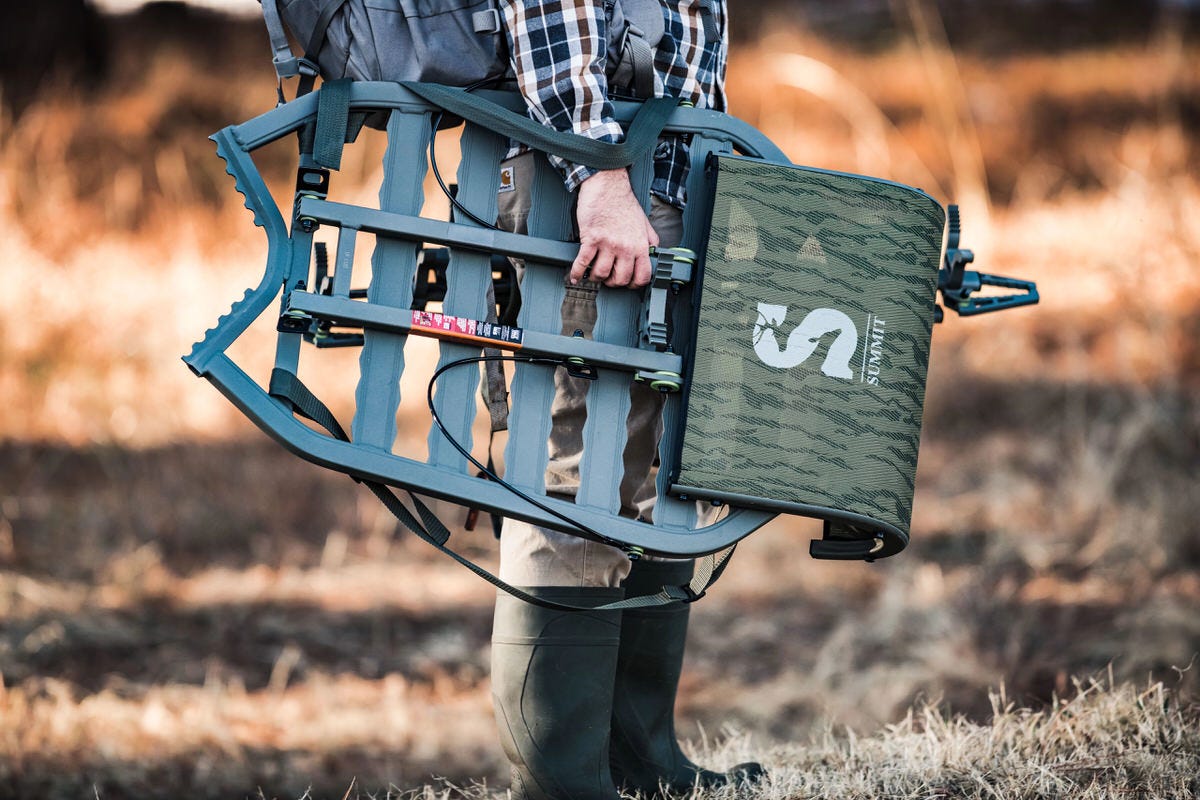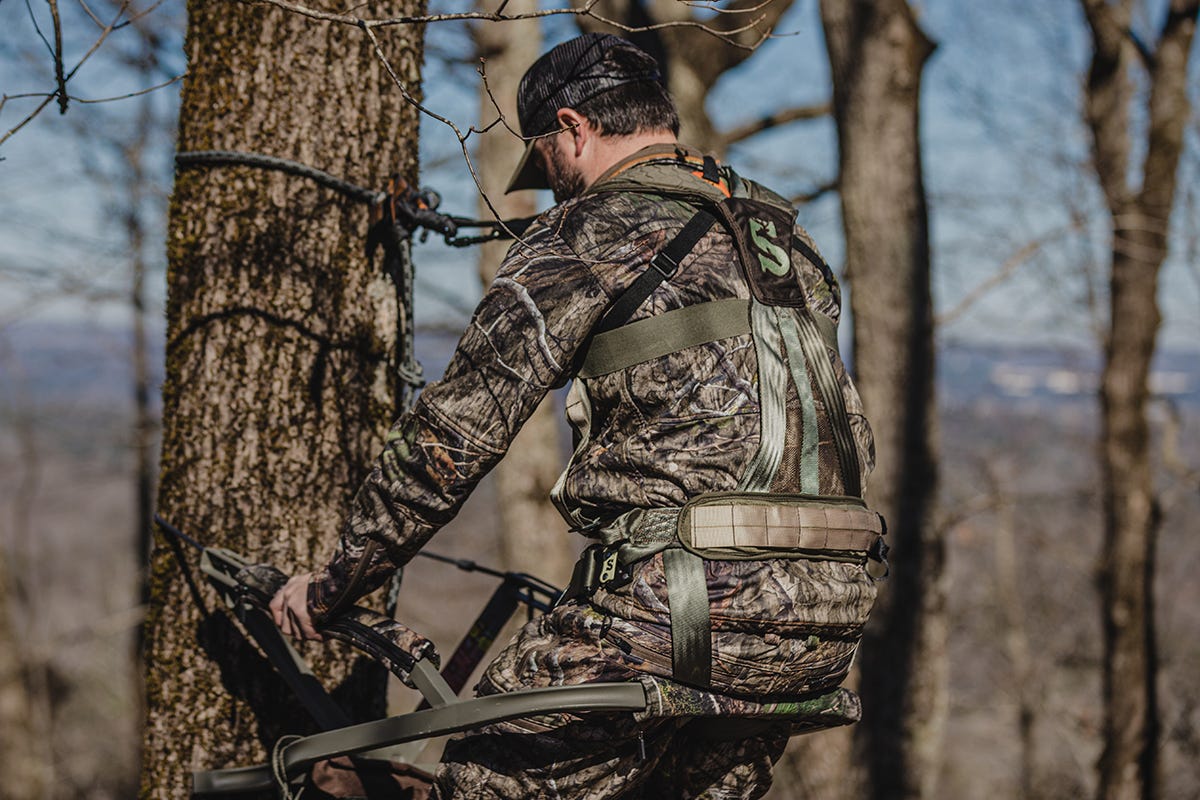- May 29, 2019
Small Plot Stands Are Killer For Big Bucks
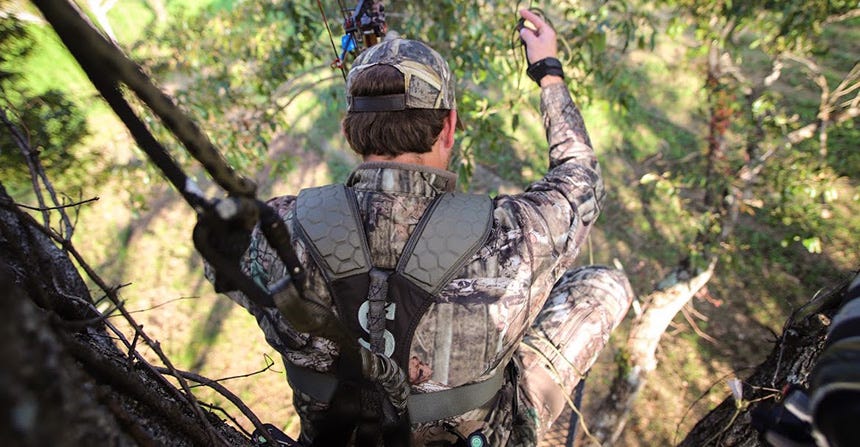
Small, “kill” plots are my favorites types of food plots to hunt…and it’s not just because I lack the big equipment and big acreage necessary for larger food plots. These smaller plots are easier to locate in areas of thick cover where mature bucks are more likely to wander during daylight hours. Hunting them, however, isn’t as simple as hanging a stand and waiting for the right wind. Because of their small stature, these kill-focused food plots require strategy to hunt effectively. Let’s take a look at how to tackle them in a variety of terrain.
BIG TIMBER HILLS |
Think southern Ohio, western Kentucky and just about anywhere near Appalachia. Massive stands of hardwood ridges that stretch for miles with plenty of cuts, ravines and hollers in between. In their big-woods locales, food plots can be dominant. But they’re also tough to hunt without a solid game plan.
The X factor? Thermals.
In hill country, wind direction matters but thermals matter most. In many instances, your food plot will be where your food plot CAN be…unless you have access to large equipment that can clear areas, you’ll be forced to place a food plot in an area with a natural opening. If you’re lucky, those locations will be on the top of a ridge. But, often, those openings will occur along the bottom of hills where old logging trails were created. The location of the food plot isn’t nearly as important as the location of the stands you’ll use to hunt that plot.
Deer will visit a good food plot whether it’s up top or down low. But if you think you can hunt over a plot that’s located near the bottom, you’ll be in for disappointment…the thermals will get you far more often than not.
To hunt those lower plots, you need to utilize trail cameras to pinpoint how deer are entering and exiting the plot. Pattern those deer and target them at higher elevations where thermal impacts are less pronounced.
Even if the plot is located high on a ridge, stand placement still matters. If deer are approaching from the bottom, you have to account for thermals.
RIVER BOTTOM |
The beautiful thing about river bottoms: Lush, fertile soil. Some of the best food plots you’ll ever see are located in river bottoms. The downside? That fertile soil is there because of topography…it’s generally flat and often floods which helps deposit nutrient-rich soil and organic matter.
To effectively hunt these areas, you must have a well-orchestrated plan of entry and exit. Unlike hillier terrain, you’ll likely not have the benefit of elevation to hide your movements. River bottom cover is often thick, thus bedding areas are plentiful.
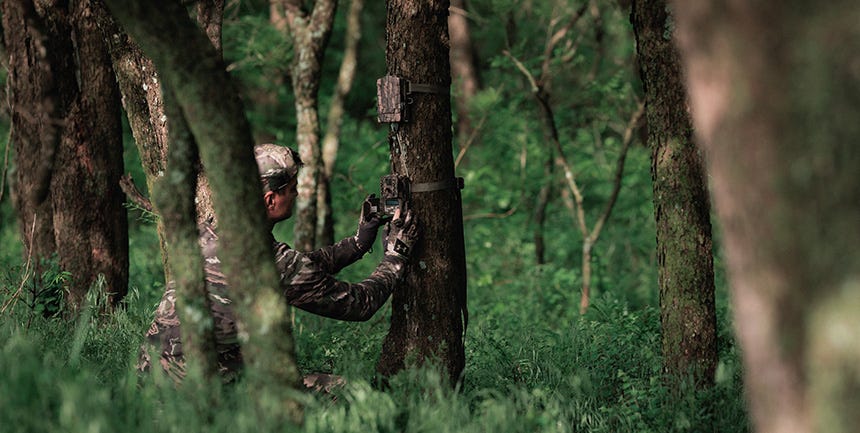
To effectively target kill-plots in this type of terrain, you’ll need to employ trail cameras to give you the necessary intel regarding how deer are traveling along the bottom. And “along” is the operative term here…you’ll be hunting deer that are travelling laterally along the waterway. Sure, they’ll cross back and forth. But, generally speaking, you’re looking at deer that are being funneled by subtle terrain features.
Pinch-points are the key. You already know where the deer are going…they’re headed for your food plot. The goal now is to intercept them. Sure, you can hunt directly over the plot. But, again, these are small plots and they won’t take a ton of hunting pressure. You’re better off hunting deer as they move to and from the plot. Locate a pinch-point and target it.
FARM COUNTRY |
Food plots in a sea of corn and soybean fields may seem counter-productive. But, as a guy who has lived in farm country all his life, I can assure you they aren’t.
The key is to locate those food plots in those areas where deer feel secure. Staging areas are classic farm country hotspots for mature deer. These are those locations in or near heavy cover where old deer hang out before stepping into large ag fields. Locate a kill plot in those transition areas and you’re in business.
This is one area where hunting directly over the plot can be productive. Reason being, the deer will be bedding nearby in thick cover. They’ll enter the plot, browse a bit and then move on as they head towards large ag fields under the cover of darkness. This allows you to hunt those plots with minimal impacts as you exit and enter. For the most part, these will be afternoon/evening setups but morning hunts can be productive as well so long as you’re able to enter the stand location without disturbing deer in the primary fields on your way in.
About the Author: Tony Hansen manages for and hunts mature whitetails in his home state of Michigan, where sweating the details is the only way to succeed. When not hunting his own properties, he can be found pursuing deer on public land throughout the whitetail’s range. Tony’s writings have appeared in Outdoor Life, Traditional Bowhunter, North American Whitetail, and Bowhunter.

